Your location:Home >Automotive News >
Time:2022-06-22 17:22:30Source:
Times have changed. In addition to competing in sales and revenue, car companies are also "rolling" more intensely in R&D spending.
Giants are betting on intelligence to "keep the throne", new forces pay for the technology to "compete for the top", and Chinese brands increase the value of technology and then "practice the trumpet".
In our stereotype, we believe that Tesla is most willing to engage in R&D, while traditional car companies are more “stingy”; the R&D expenditure of traditional domestic car companies may not be as good as that of new car manufacturers.

But is it really so?
Under the wave of electrification and intelligence, which car company is most willing to "spend money"?Who is empty "mouth cannon", rare action?What is the truth of car companies' R&D investment?
Fenghuang.com conducted an "anti-common sense" statistics, trying to find the truth behind the R&D expenses of car companies.
480 billion, who spends the most?
The new car-making forces represented by Tewei Xiaoli Lingwei spend an average of about 5.16 billion yuan a year in R&D, with an average R&D revenue ratio of 20%.Among them, Tesla invested the highest amount of 16.341 billion yuan.
The 14 listed traditional Chinese car companies have an average annual R&D expenditure of nearly 3.9 billion yuan and an average R&D revenue ratio of 8%.The one with the most "big money" is SAIC, with an annual investment of nearly 20 billion yuan.The head of SAIC, BYD, Great Wall, etc. is not inferior to the new car.
The traditional giants of Germany, Japan and the United States spend an average of 50.2 billion yuan in annual R&D expenditures, accounting for an average of 5% of their total revenue.The most radical enterprise is Volkswagen, with an investment of 111.36 billion yuan.
Although each has different ideas, the overall goal is the same.
In the ranking of "Top 15 R&D Expenditure of Global Car Companies", the top 9 are traditional car companies.Volkswagen, Toyota and GM, representing Germany, Japan and the United States, won the top three.Among them, the investment of the public is nearly double that of the second place.
In the TOP15 list, traditional Chinese car companies include SAIC, Geely Automobile and Great Wall Motors, ranking 9th, 13th and 15th respectively.
The "big R&D company" Tesla, ranked 10th, is also the top-rankednew energyvehicle company.The next 11 is BYD, which just completed the comprehensive transformation of new energy in March.Among the new car-making forces, Weilai Automobile is the only "done seedling" on the list, ranking 14th.
From the ranking, it can be seen that R&D expenditure is basically proportional to the size of the enterprise.Among them, car companies with a low proportion of pure electric models in sales are also more "impulsive" when they invest more.For example, Volkswagen, Toyota and GM have basically let go of the harsh words of "investing more than 10 billion yuan and laying out dozens of models".
So, behind the "sky-high" R&D expenses, where are car companies spending their money, and what results have they achieved?Is this money worth it?
Only multinational car companies can really make money, but...
In 2019, Musk publicly stated that in the past 10 years, Tesla has spent about $20 billion on research and development, which is an investment that other traditional car companies do not have.
But in fact, in recent years, under the electric wave, the traditional car companies facing the "elephant turn" have already begun to spend their lives on research and development.Everyone's research and development direction may be different, but the "Flag" of Tesla is the same destination.
Herbert Diess, CEO of the "Top 1" Volkswagen Group, said at the end of 2021: "For the first time in our history, we will invest more than half of our total expenditure, which is 89 billion euros, in future technology."
In the next five years of investment, Volkswagen will focus on technology.The Volkswagen Group expects that by 2026, 25% of the cars sold by the Volkswagen Group will have a pure electric system.
The 7 billion euros invested by Volkswagen in the MEB platform alone is three times the R&D expenditure of Tesla in 2021.At the same time, the transformation has been less effective.For example, in 2021, the global sales of pureelectric vehiclesof the Volkswagen Group will skyrocket, reaching 452,900 units, an increase of about 100% year-on-year.
Since 2015, the BMW Group has invested more than 5 billion euros (about 5.3 billion U.S. dollars per year) in research and development every year.Although it is not far superior, it is also "smaller" than Tesla.By the end of 2025, the BMW Group plans to deliver a total of 2 million pure electric vehicles.By 2030, the BMW Group plans to deliver a total of 10 million pure electric vehicles to customers.
Investors are also in a hurry after seeing Tesla's near "crazy" growth.
Previously, CristianvonAngerer, chief investment officer of Inyova Investments, once said, "Chairman Zipps is still lobbying the government to keep fuel vehicles, but in vain, which seriously threatens the environmental reputation of BMW Group in the past."
He believes that "BMW should change its thinking, otherwise it is likely to become the BlackBerry of the auto industry and be eliminated by the times."
Other traditional giants have also adjusted their targets.In April, Ford CEO Jim Farley also said that he "hopes (Ford) to surpass Tesla" and to produce 2 million electric vehicles a year by 2026, becoming a leader in the global electric vehicle industry.
In May 2022, Mary Barra, CEO of General Motors, said in an interview with overseas media that "GM will surpass Tesla in the field of electric vehicles." It does not necessarily only manufacture high-end products. At $30,000, everyone can afford a pure electric vehicle.
Japanese car companies have also begun to adjust their strategies.In fiscal 2021, six major automakers, including Toyota, Nissan, Honda, Mazda, Subaru and Mitsubishi Motors, will see their investment increase by 7% year-on-year.Among them, the research and development expenses of two car companies Toyota and Honda hit a record high.
In December 2021, Toyota released its latest electrification strategy, planning to invest 8 trillion yen, half of which will be used for research on pure electric.
In April 2022, Honda released the 2030 strategy, investing about 8 trillion yen in research and development funds in the next 10 years, of which about 5 trillion yen (about 253.6 billion yuan) will be invested in the fields of electrification and software.
According to Nissan's "Vision 2030", the company will invest 2 trillion yen (about 105.4 billion yuan) in the next five years.
It can be seen that although Japanese car companies are relatively conservative in electrification transformation.But in the past two years, it has also accelerated in an all-round way.
The Armament Race of the New Powers
The main tone of the new forces is to earn not much, but to invest boldly.
In the research and development costs of new cars, Tesla is the leader.In 2021, Tesla's R&D investment will increase by $1.1 billion compared with 2020, a year-on-year increase of 74%.
According to a report released by StockApps, a British financial transaction analysis company, Tesla has spent far more on research and development than its competitors.Invested $2,984 per vehicle, the number one in the industry.
Musk announced it at the beginning of 2022 and has no plans to release a new model."Tesla's fundamental focus this year is to expandproduction."
In the short term, Tesla's strategic goal is to expand its market share as quickly as possible.Superimposed supply chain problems, do not hesitate to slow down the new car launch plan to ensure supply.
In the mid-term, Tesla has always adhered to its product-first strategy. "Our goal is to improve vehicle performance, reduce production costs, and improve affordability," Tesla said in its annual report document.
For new domestic forces, the bulk of research and development lies in new models.
Although the "sense of technology" label is attached to Xiaopeng Motors, the new force that is most willing to spend money among the three "Weixiaoli" is Weilai Automobile.In 2021, NIO's annual R&D investment will increase by 84.6% year-on-year.
In 2022, "Weixiaoli" is further expanding its product lineup.
For example, NIO will usher in a new year of products this year, and the company's products on sale will expand from three to six.Except for the upcoming ET7 and ET5.Recently, NIO also released the medium and large SUV ES7, which will be delivered in the third quarter of this year.
At the same time, Xiaopeng Motors also plans to officially launch the G9 in the third quarter of 2022, release two new automotive platforms in 2023, and officially launch XPilot 4.0 in 2023.
For the ideal, the investment scale is relatively conservative, accounting for about 12% of the total revenue.In the first quarter of 2022, the ideal R&D expenditure is close to 1.4 billion yuan, which is a sharp increase compared to the annual R&D expenditure of 3.3 billion yuan.
At the same time, Ideal's R&D expenditure in the first quarter of 2022 is closely related to the development cycle of the new car L9.From the expenses, we can also see the adjustment of the ideal on the strategic route.We will spare no effort to increase research and development, and slow down the pace of channel expansion.
Weimar and Leapmotor, which are in the second echelon, seem to be more “pretentious” in terms of investment, but the ratio of the amount to revenue is more than 20%.Even for Nezha Auto, which "does not engage in an arms race", CEO Zhang Yong plans to invest 10 billion in the development of intelligent technology in the future.
In intelligent driving, a comprehensive layout of software algorithms and hardware lidar.Especially among the new car-making forces, there is quite a taste of "arms race".
In 2022, in the new products that "Weixiaoli" plans to launch, lidar, high-level driving assistance, and high-power chips have become common features of the products.Moreover, the three new cars will be equipped with lidar.Judging from the information released so far, Xiaopeng G9 will be equipped with 2 NVIDIA OrinX chips with the strongest computing power in the industry, and Weilai ET7 and ET5 will be equipped with 4 chips.
The founder, chairman and CEO of Weilai said that in the fourth quarter of this year, a subscription service for high-end driving assistance NAD can be opened for some users in certain regions.Xpeng Motors plans to open the urban NGP function in some regions this year.Ideal adopts the self-developed NOA advanced driving assistance system on the L9. Some analysts say that the hardware level of the L9 can support L4-level automatic driving.
Chinese car companies: rushing and overtaking
Among the traditional Chinese car companies, SAIC ranks first, spending more than 19.6 billion yuan, showing an attitude of "I want it all".
SAIC Motor, which has invested the most, pointed out in its financial report that R&D expenses in 2021 will increase significantly year-on-year, mainly due to the company's further increase in R&D investment in technologies such as new energy,intelligent network connection, and digitalization.
In terms of three electricity, SAIC currently has layouts in the fields of vehicle power separation, power exchange, energy storage and lithium battery recycling.In 2021, the company will continue to develop projects such as platform batteries, 800V fast charging and battery pack systems.At the same time, new products were also released in the field of fuel cells.
In addition, SAIC's "four strategic projects" Zhiji L7, Feifan R7, RoboTaxi and L4 smart heavy-duty truck projects will all be launched in 2021.
In the past three years, the R&D revenue ratio of each company has been increasing year by year.The future investment plans of Chinese brands are also at the level of 100 billion.
Great Wall Motor and GAC Group both plan to invest 100 billion yuan in research and development in the fields of new energy and intelligence.Changan Automobile plans to invest 150 billion yuan in the industry chain by 2025, nearly half of which will be used for research and development.
According to the plan put forward by Changan Automobile in April this year, by 2025, the sales volume of Changan 'snew energy vehicleswill reach 1.05 million, accounting for 35% of the total sales.In addition to the newly established electric brands, the existing Changan, Auchan, Kaicheng and other brands will also transform to electrification.
In 2021, Geely Automobile's R&D investment will total 5.5 billion yuan, a year-on-year increase of 16.1%. The total R&D investment in the past five years has totaled 25.6 billion yuan. In 2022, it will continue to increase R&D investment in new energy products.
Epilogue
On the whole, there are three main trends in the research and development of car companies, fast charging, intelligent driving and intelligent manufacturing.
Ouyang Minggao, an academician of the Chinese Academy of Sciences, believes that to solve the problem of long charging time, faster charging technology with higher power is required. Super fast charging is the general trend, and the industry needs to promote the adoption of higher voltage platforms of ≥800V for new energy vehicles.
At present, whether it is a traditional car company or a new force, such as BYD, Great Wall Motor, GAC Group, Geely Automobile, Xiaopeng Motors, and Ideal Automobile, they have been deploying 800V fast charging platforms.At the same time, it has self-operated super fast charging pile support, and even self-built super charging stations.
At the same time, the strategy of attaching importance to research and development also stems from the driving force of the market.The intelligence level of a new car has also become one of the key considerations for users to purchase a car.According to the "Survey on Car Purchase Preference of the Post-90s" released by Tencent, more than 61% of the post-90s believe that high technology is a factor that must be considered when buying a car.
JDPower's "2021 China New Car Purchase Intention Research Report" also shows that nearly a quarter of consumers who have the intention to purchase a car in the next six months will take intelligent experience as the most important decision-making factor for car purchases.
The study found that Chinese consumers have a high demand for intelligent configuration.Among the seven factors that affect the decision to purchase a car, the intelligent experience of the car accounts for 14% of the weight, and 24% of the intended car buyers believe that the intelligent experience of the car is the most important factor to consider when purchasing a car.At the same time, the study also found that the lack of new technology or sense of technology has become the third largest car purchase concern among potential customers.
At the same time, from the perspective of the capital market, R&D is also a "simple and rude" indicator.
Some people in the industry pointed out that due to factors such as policies, the listing of new domestic vehicles in the United States was "blocked".Therefore, switching to Hong Kong stocks is the choice of most new forces.The investment in research and development has also become the core consideration standard of the Hong Kong Stock Exchange for the recent listing of enterprises.For enterprises, the most intuitive indicator is the amount and proportion of R&D expenses.
Whether it is betting on the future, "pleasing" capital, or seeking transformation.In a long-distance running that is destined to be a "marathon" competition, the players who "can save the capital and spend" and find the right direction can be the first to cross the line.
Statement: the article only represents the views of the original author and does not represent the position of this website; If there is infringement or violation, you can directly feed back to this website, and we will modify or delete it.
Preferredproduct
Picture and textrecommendation

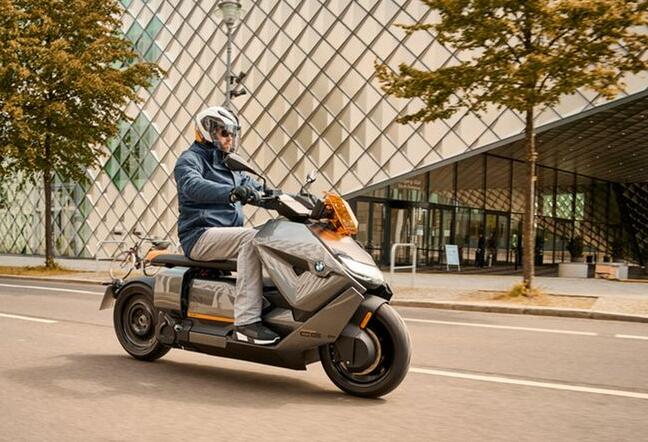

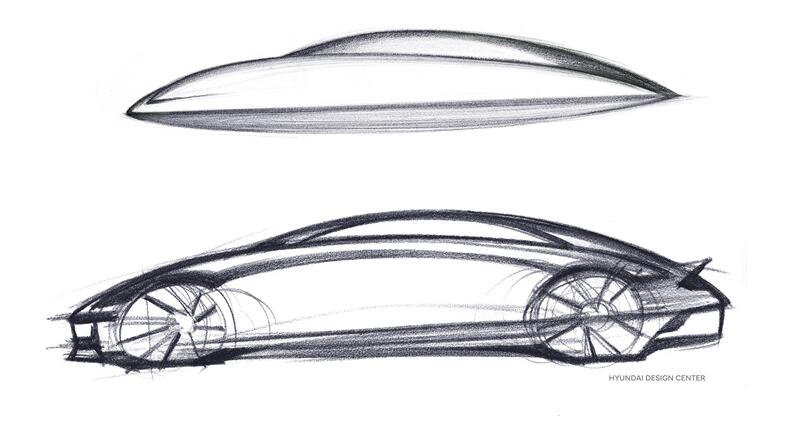
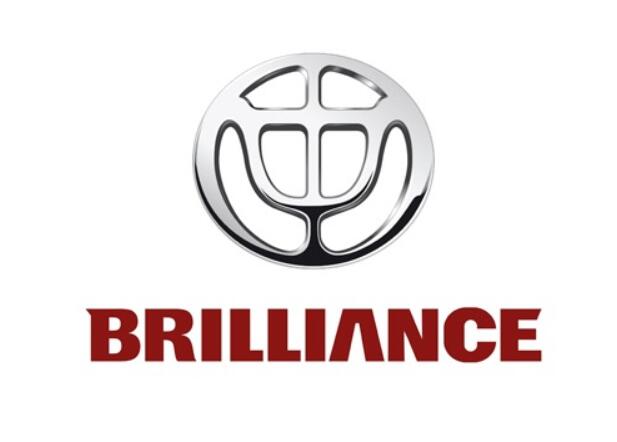
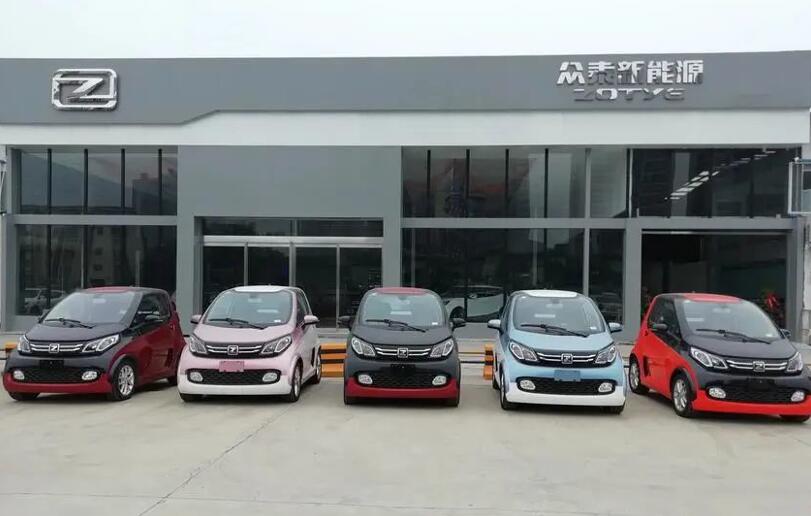
2022-06-22 17:09:02
Hot spotsranking
Wonderfularticles
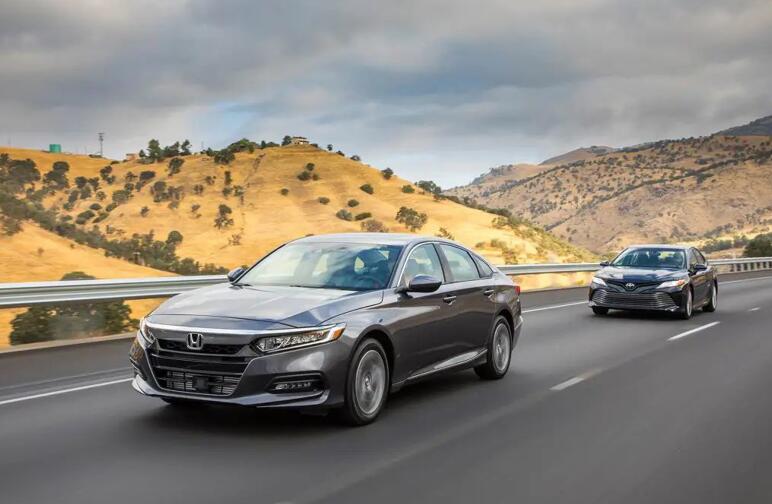
2022-06-22 16:27:54
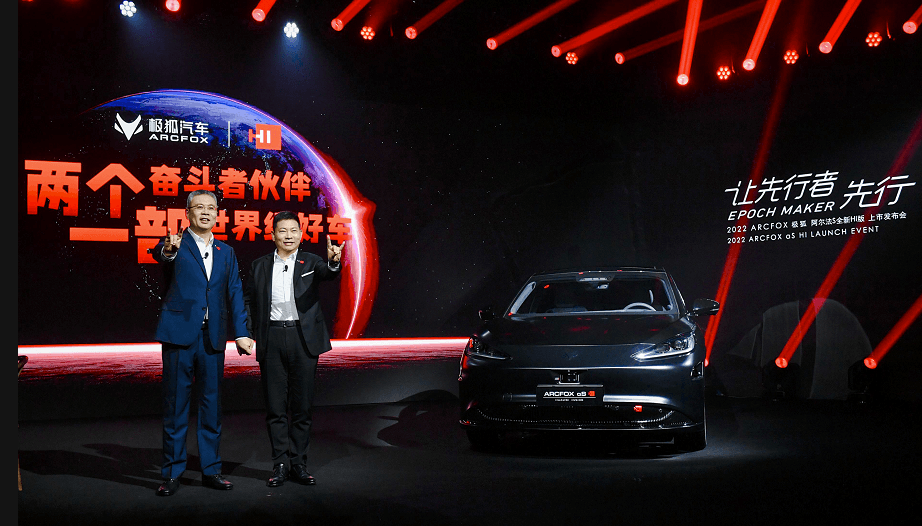
2022-06-22 17:07:19
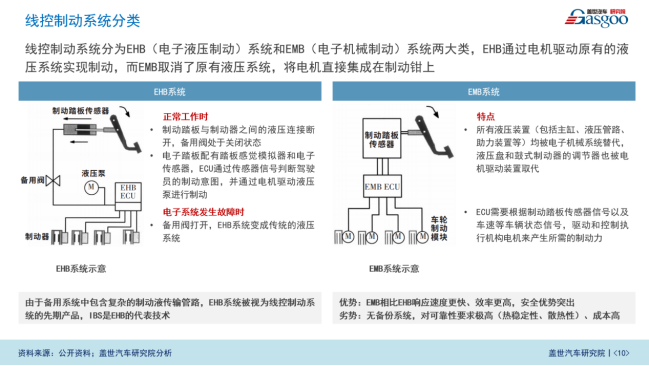
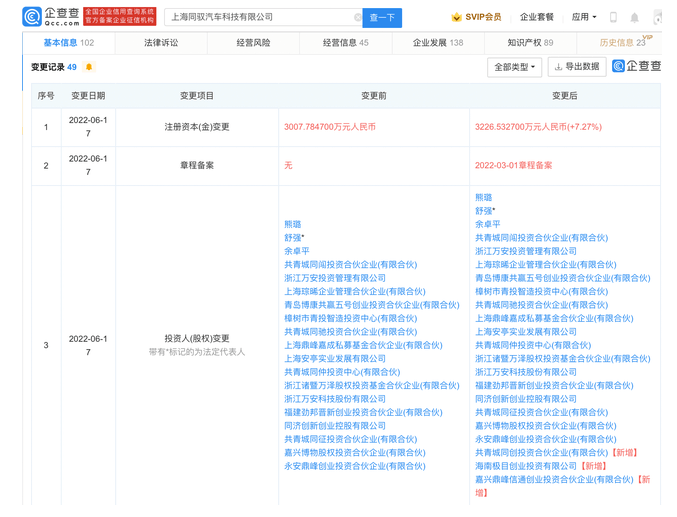


Popularrecommendations
